12 of the best British stereo amplifiers of all time
Brains, brawn and British – the mighty from Blighty

A stereo amplifier is the beating heart of any hi-fi system. While loudspeakers and turntables get most of the attention, the humble stereo amplifier shouldn't be overlooked, as without it, your hi-fi would be sitting idly on your rack.
As it's British Hi-Fi Week, we thought we'd take the opportunity to collect our favourite amplifiers from British hi-fi brands, stretching all the way back to 1979. We've seen some excellent amplifiers come by in those 44 years, with everything from top-of-the-range flagship amplifiers to brilliant budget offerings making this list.
These are the amps that have left the biggest impression, whether that's down to their design, feature set or pure performance.
- Our pick of the best amplifiers right now
A&R Cambridge A60 (1979)
Why you can trust What Hi-Fi?
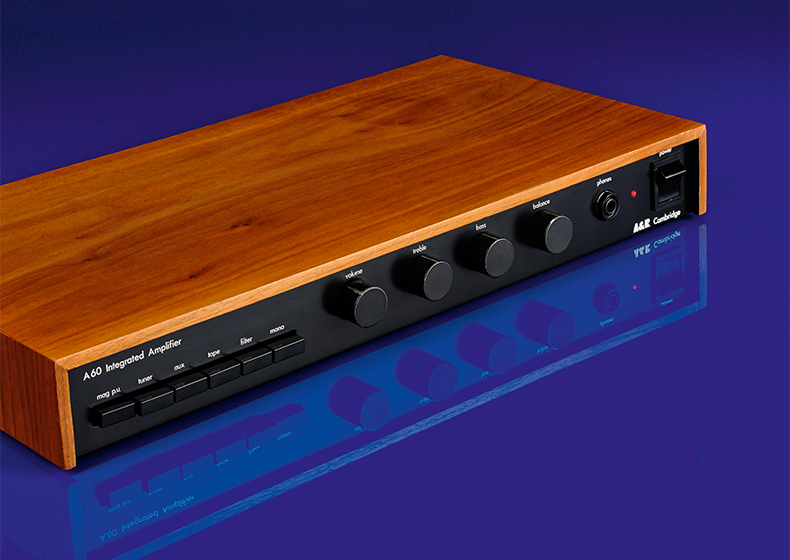
Arcam got off to a flier with its first product, the A60. It was a well-equipped amp, with a decent array of line-level inputs and a capable moving-magnet phono stage, and we were very much taken by its sound quality back in 1979. To this day, it's still able to showcase the smooth presentation and expressive midrange that made it such a fun and entertaining listen. And that wood finish was, indeed still is, rather lovely.
MORE: That Was Then... A&R Cambridge A60 (1976) vs. Arcam A19 (2013)
Audiolab 8000A (1983)
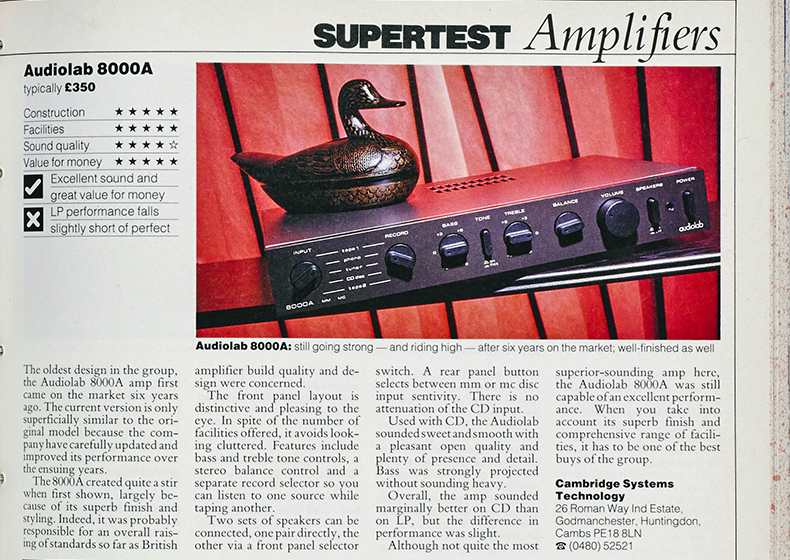
Audiolab's 8000A caused a stir thanks to its "superb finish and styling", although today it looks like a grey tinged box with lots of dials. Still, distinctive looks aside, it offered excellent sound and features including bass and treble controls, a stereo balance control and a separate record selector, so you could "listen to one source while taping another". The sound was smooth with "plenty of presence and detail". Add its fine build and features and the 8000A was great value for money.
MORE: Audiolab 8300A review
Mission Cyrus One (1984)

The Mission Cyrus One – back when Cyrus was a part of Mission – was very much a product for audiophiles, despite its budget price. It had no tone or balance controls and carried plenty of inputs for sources. The One communicated a precise soundstage, but it was also capable of handling low-level details that other amplifiers "repressed or simply rendered messy". Combine that sound with a superb build quality, and you had an amp whose performance could rival pricier options.
MORE: Cyrus One review
Naim 32/Snaps/250 power amp (1984)
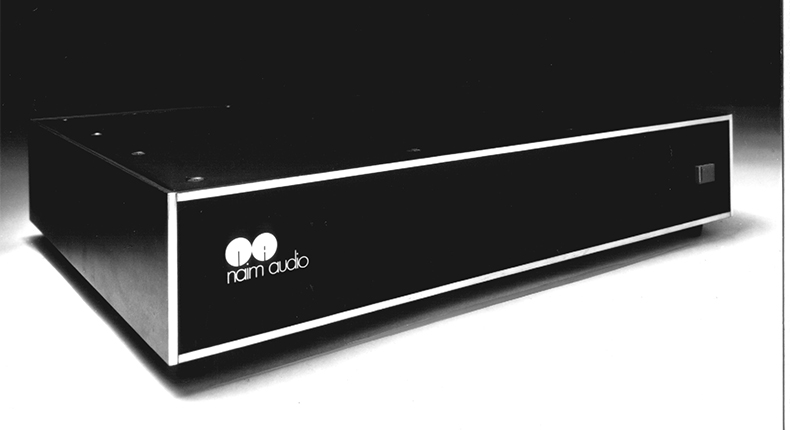
This Naim came in three parts, with the 32 pre-amp, its accompanying power supply and the now legendary 250 stereo power amplifier. It was a popular combination that made up many hi-fi users' systems in the 80s, and was capable of delivering drive, dynamic punch and powers of organisation that few could match. It was an impressive combination and the 250 has proved to be so popular that it's received several makeovers since, getting better with each iteration.
MORE: Naim NAP 250 review
Arcam DiVA A85 (2001)
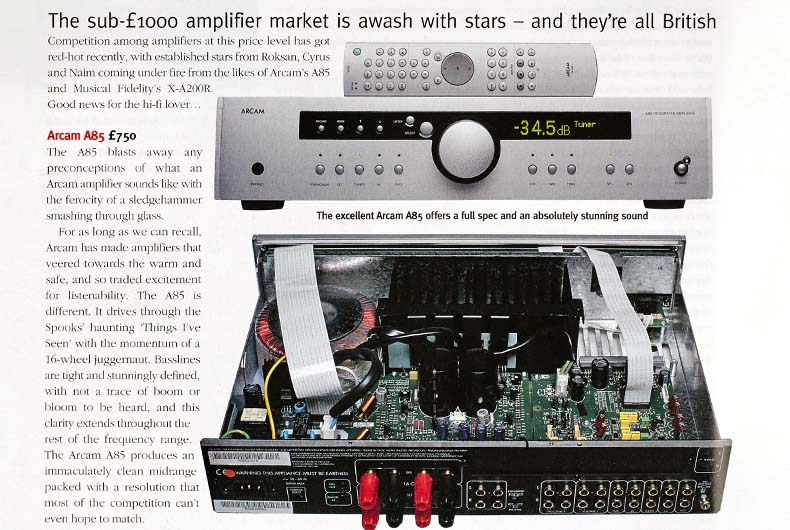
The A85 was different from its forebears. Where previous Arcam efforts veered towards warm and safe, the A85 had the ferocity of a sledgehammer smashing through glass. It worked well with all genres of music, with no trace of boom or bloom, and a clarity that extended throughout the frequency range. We noted its "immaculately clean" midrange that had a resolution its rivals couldn't match. The A85 was a sonic leader in its class, a fully featured amp that blew away the competition.
MORE: Arcam FMJ A39 review
Roksan Caspian M2 (2010)

The Caspian amp had been around the block a few times, as Roksan improved the design and performance. The fruit of that labour was the Caspian M2. With a revised circuit layout and upgraded components, it had a bigger, more powerful presentation than before. It had a sense of authority, along with a dynamic sound that was full of detail, finesse and a rich tonality, making for an immensely capable effort. The build and finish were excellent, it was easy to partner with and, while its distinctive look caused some consternation, there was no doubting its status as an exceptional performer.
MORE: Roksan Caspian M2 review
Naim Supernait 2 (2014)
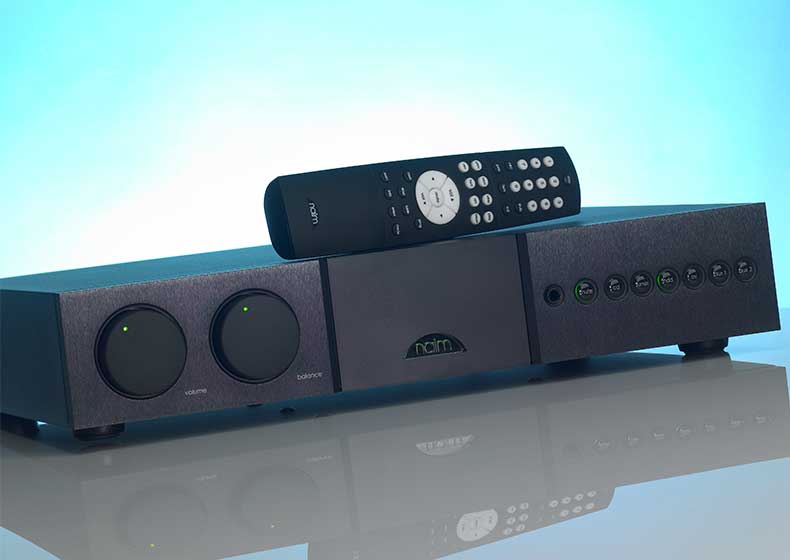
We weren't fully convinced by the original Supernait, which sounded less dynamic than we liked. This issue was not a problem for its successor, a "supremely stable, confident-sounding" amplifier that boasted excellent bass performance and surefooted rhythms. Throw in the potential for upgrades and a terrific build, and the Supernait 2 was a superb amplifier that delivered Naim's "addictive sound" for a reasonable price.
MORE: Naim Supernait 3 review
Rega Elex-R (2014)
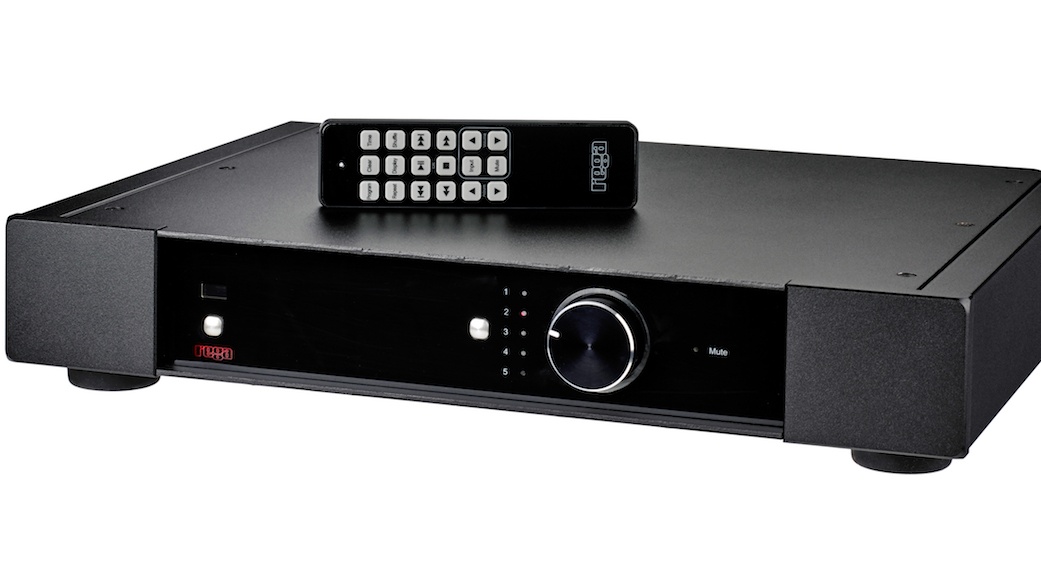
The Rega Elex-R spent five years as our favourite stereo amplifier costing less than a grand – that's longer than the time spent in office by certain US Presidents. Its last What Hi-Fi? Award was collected in 2018, but even since then it has remained a reference component here thanks to its articulate and inherently musical performance. While it's now been superseded by the new Elex Mk4, the Elex-R is sure to be an amp searched for by hi-fi enthusiasts for decades to come.
MORE: Rega Elex-R review
Leema Tucana II Anniversary Edition (2017)
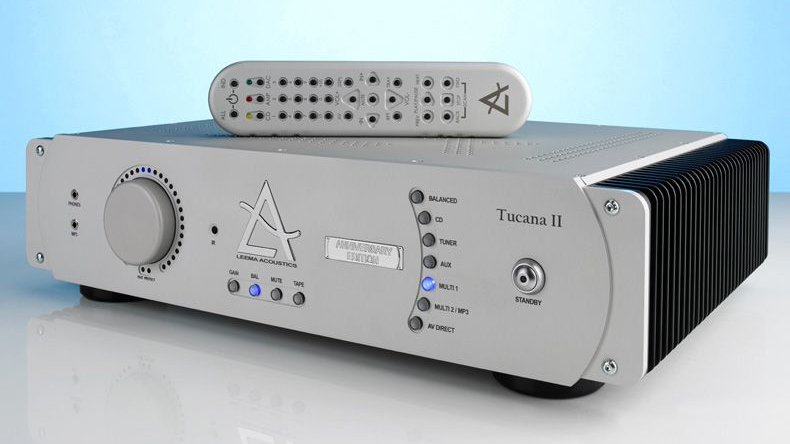
Established in 1998 by two ex-BBC engineers, Leema Acoustics quickly established itself as one of our favourite specialist hi-fi brands. This anniversary model of the amplifier that helped launch Leema encapsulated everything we love about the company's products. It looks superb and feels built to last - and the individual passport signed by the engineer who approved the product is a lovely touch. Leema keeps it analogue on the inside, preferring to suggest you add external digital components should you need them, helping no doubt to deliver that clean, punchy, powerful sound. Rich and smooth without lacking attack, the performance is precisely as impressive as you'd expect from a £5000 amplifier.
MORE: Leema Tucana II Anniversary Edition
Cambridge Audio CXA81 (2018)

If you've heard the mighty Rega Elex-R (above), you'll understand just how big a feat it was for another sub-grand integrated to knock it off its perch. The Cambridge Audio CXA81 didn't just do so in 2018, it left more feathers strewn than after a Sandringham pheasant hunt. It proved sharper and more detailed, and stamps its authority with that supremely confident Cambridge presentation.
MORE: Cambridge Audio CXA81
PMC Cor (2018)
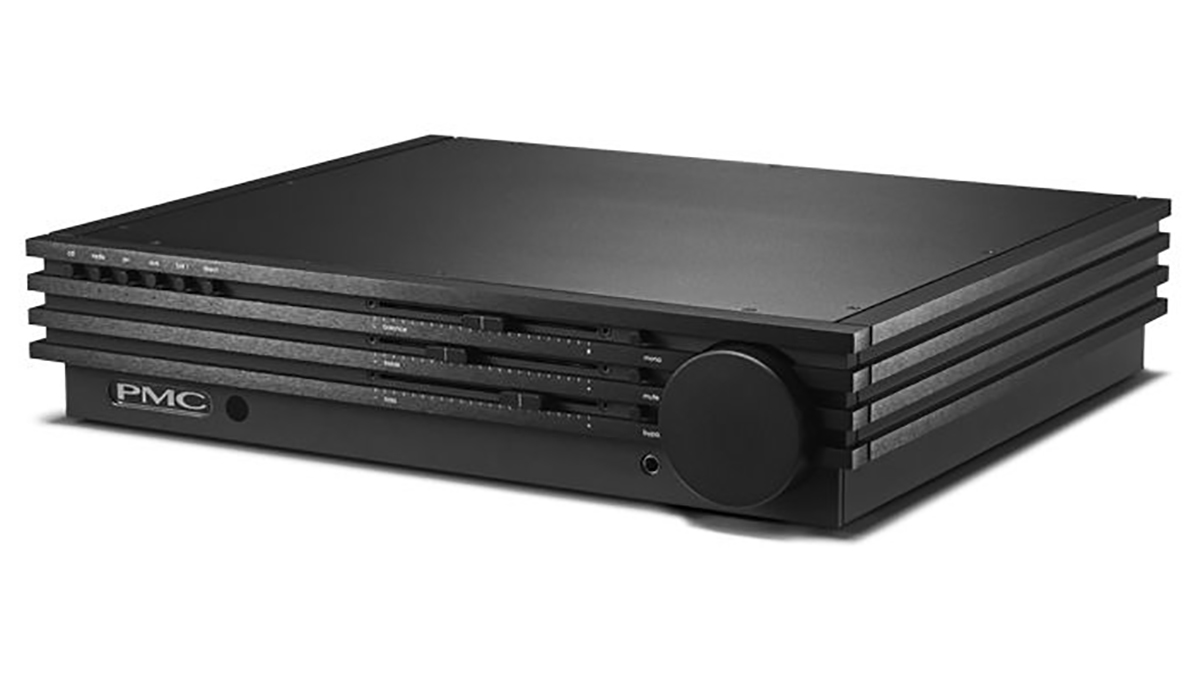
We all know PMC's excellent speakers, but don't be thinking the Cor, the company's first dedicated consumer amplifier, is entirely new territory for the company. Since 1991 PMC has been making the amps for active speakers such as the BB5s, the reference monitors found in the BBC’s Maida Vale Studios. And that experience shows. Like so many engineer side projects, this one's a doozy, so we hope PMC sticks with it. Transparency is the name of the game here, the Cor delivering a faithful, balanced, neutral sound. The Cor comes "highly recommended".
MORE: PMC Cor review
Chord Ultima Pre 3/Ultima 6 (2022)
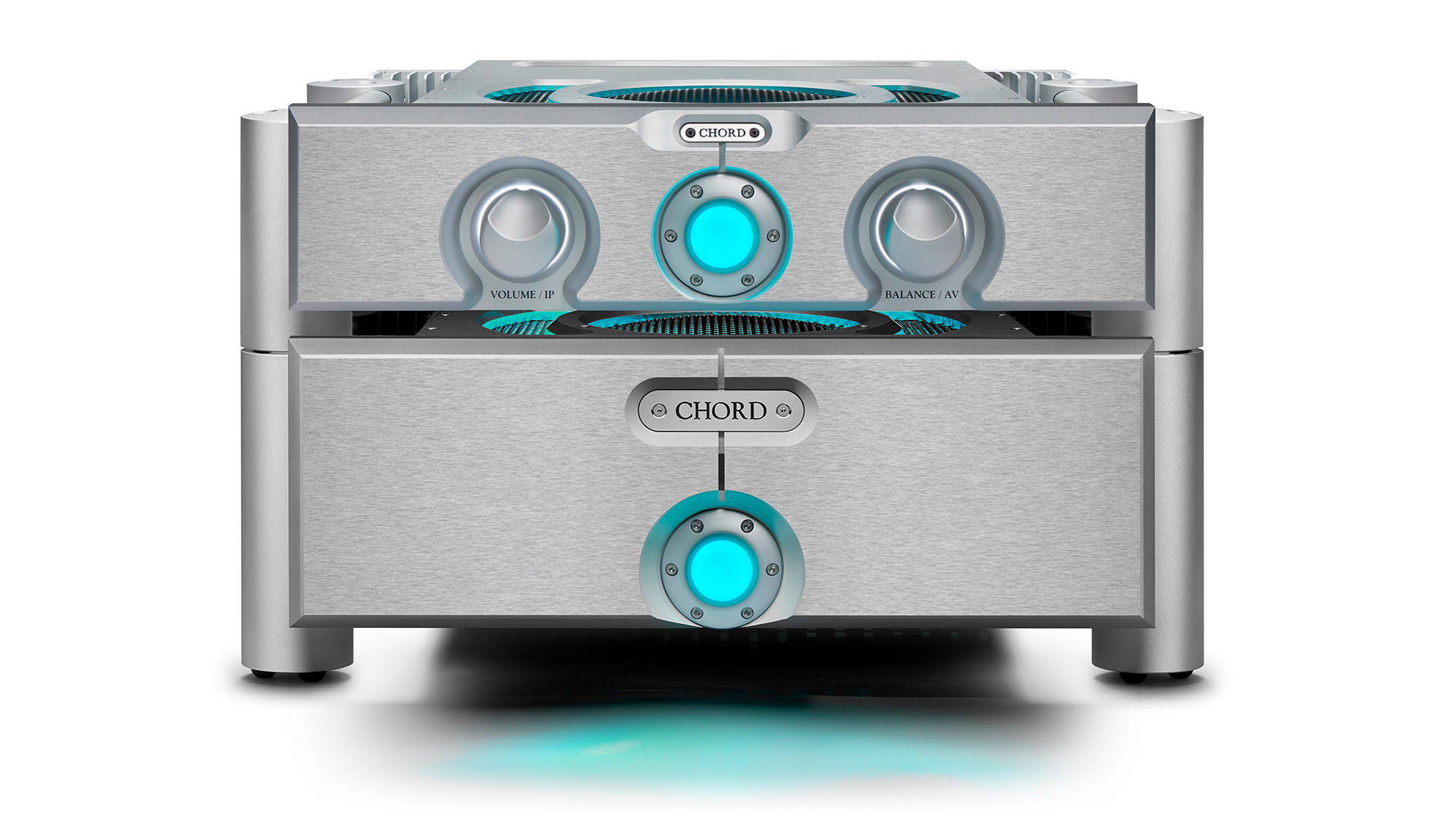
The new Ultima Pre 3/Ultima 6 is Chord’s starter(!) full-size stereo pre/power pairing, and is an excellent example of the qualities the company's new designs offer.
The Ultima Pre 3 (£6000 / $8945 / AU$10,440) is a pure line-level device with five standard inputs, two of which are balanced XLRs.
The Ultima 6 power amplifier (£7000 / $9925 / AU$12700) is even simpler, with just the option of balanced and single-ended inputs and a chunky set of speaker outputs to grab the attention. It’s a powerful unit though, despite its relatively compact dimensions, and outputs a claimed 180 watts per channel.
This pairing is closer than most to being an ‘all things to all people’ amplification solution. Take care to partner with suitably talented and sympathetic partnering equipment and it will sing.
MORE: Chord Ultima Pre 3/Ultima 6 review
Read our British Hi-Fi Week 2023 news, features and reviews
- Got one of these but don't know what to pair it with? Check out the best British speakers of all time
The latest hi-fi, home cinema and tech news, reviews, buying advice and deals, direct to your inbox.

Jonathan Evans is the editor of What Hi-Fi? magazine, and has been with the title for 18 years or so. He has been a journalist for more than three decades now, working on a variety of technology and motoring titles, including Stuff, Autocar and Jaguar. With his background in sub-editing and magazine production, he likes nothing more than a discussion on the finer points of grammar. And golf.
